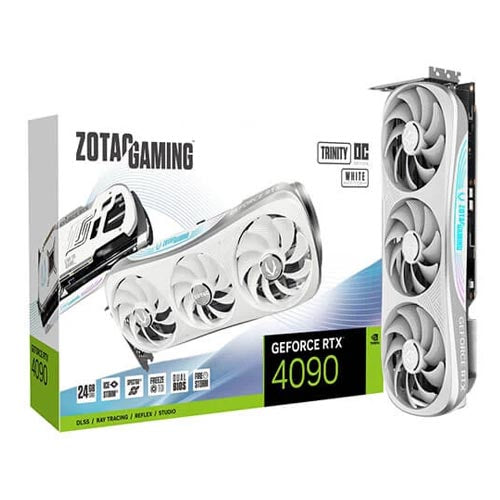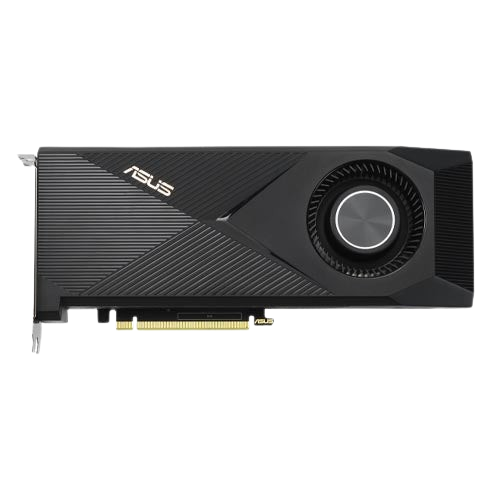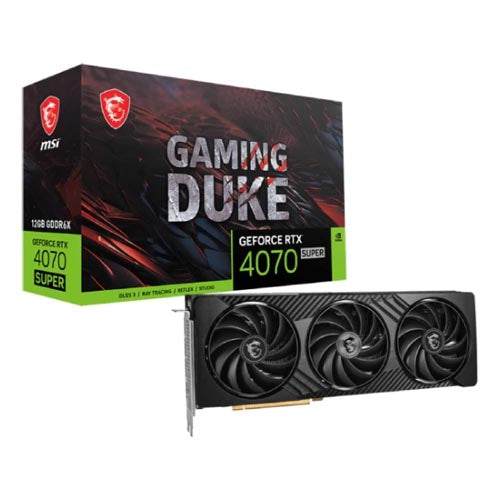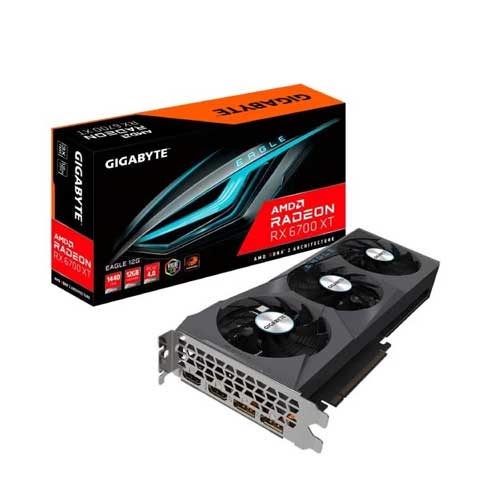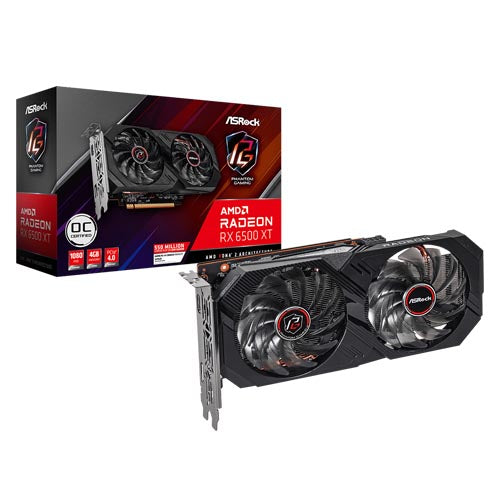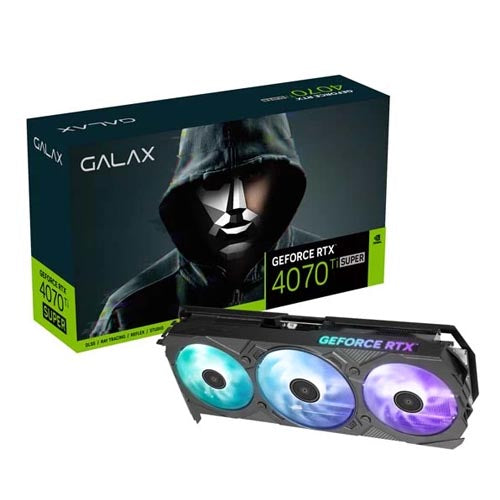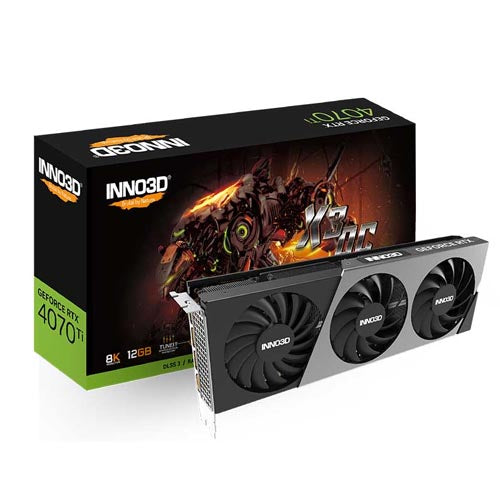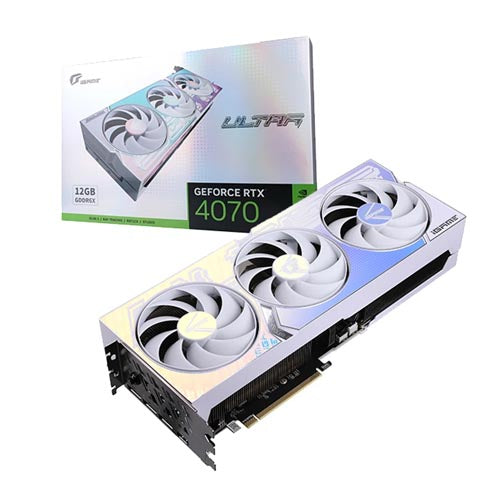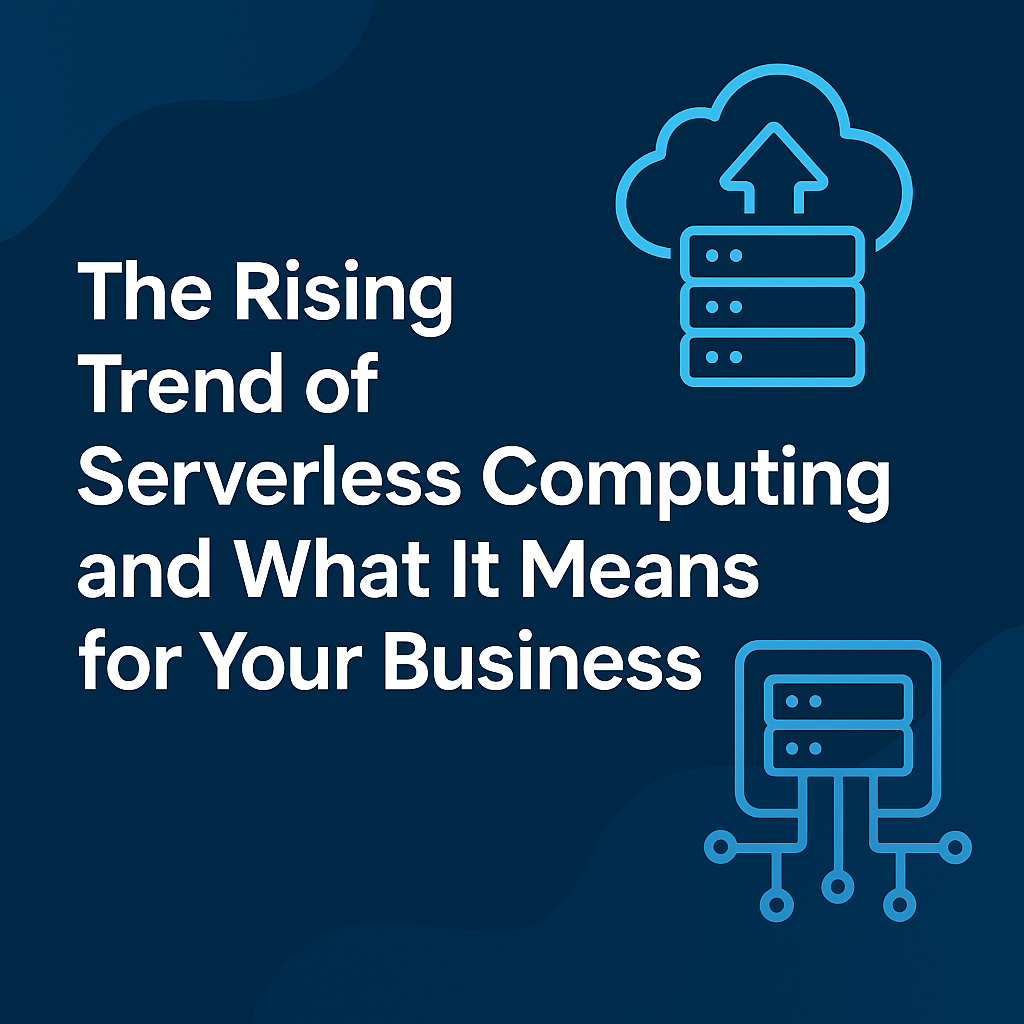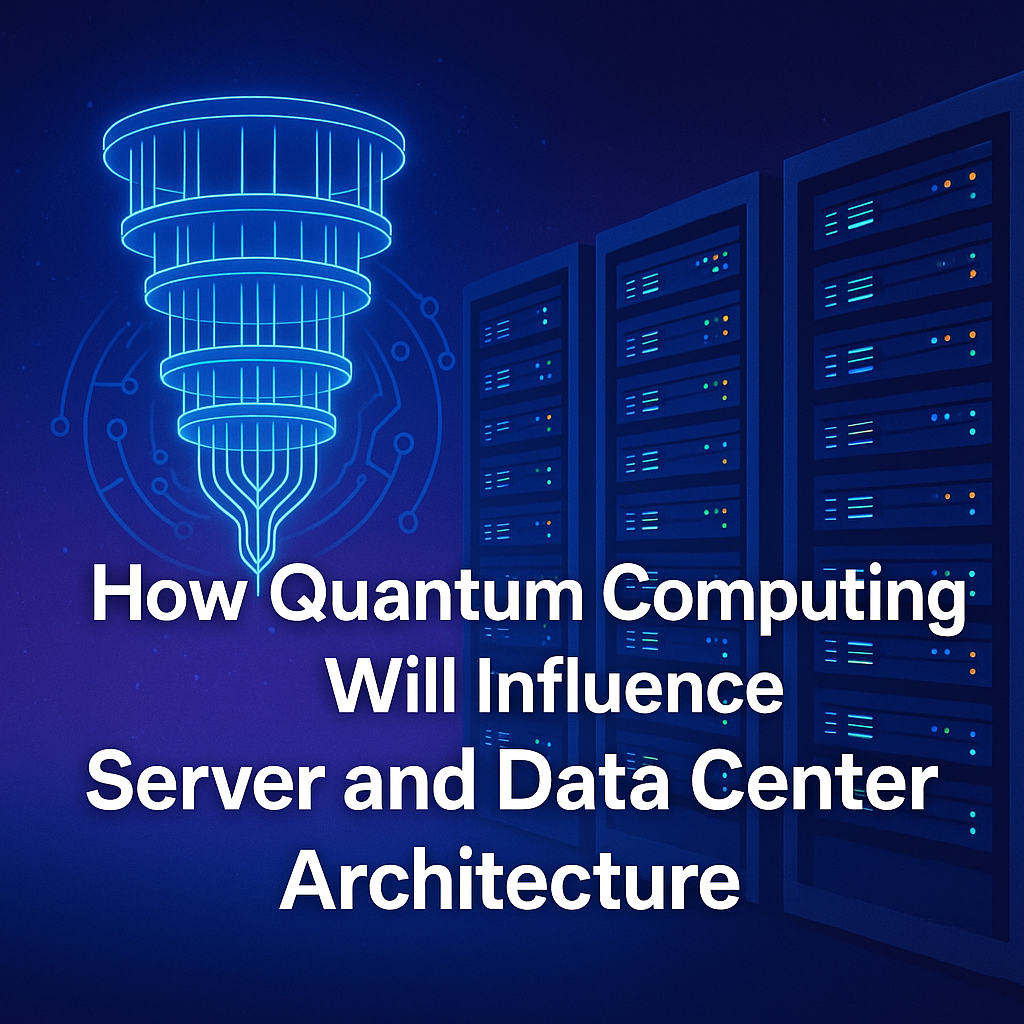In today's digital economy, the speed of data processing is directly proportional to a business’s ability to compete. Applications across industries — from autonomous vehicles and smart grids to telemedicine and industrial IoT — demand real-time data processing at scale.
Traditional cloud-centric architectures, though powerful, often introduce latency due to centralized processing. Enter edge servers — purpose-built computing units deployed closer to the data source — that are redefining how data is collected, processed, and acted upon with minimal delay.
This blog explores the technical backbone of edge servers, their architecture, key components, and real-world applications — with a developer-focused lens.
Understanding Edge Servers: An Architectural Primer
At their core, edge servers are stripped-down but powerful data centers situated near the data origin. Unlike cloud servers that may sit thousands of kilometers away in centralized facilities, edge servers sit at the network edge, minimizing round-trip latency and enabling local computation.
Key Components of an Edge Server:
-
- CPU/GPU: Handles computational tasks; GPUs are essential for AI/ML inference.
- TPU/DPU support: Specialized processors for parallel and networking operations.
- Local storage (NVMe SSDs): For ultra-fast data reads/writes.
- Networking interfaces (10/40/100 GbE): For high-throughput device communication.
- Virtualization layer: Often uses KVM, Docker, or Kubernetes distributions like K3s or MicroK8s.
- Security modules: TPM chips, secure boot, and encrypted storage.

Real-Time Data Processing: Challenges and Opportunities
Challenges
-
- Latency: Centralized processing can’t meet sub-10ms latency demands.
- Bandwidth costs: Constant upstream to cloud inflates operational cost.
- Data privacy: Sensitive data (e.g., patient records, financial transactions) cannot leave jurisdiction boundaries.
Opportunities
-
- Immediate decision-making: AI models can be deployed directly at the edge.
- Reduced cloud dependency: Lower cloud compute & storage bills.
- Improved UX: Real-time analytics directly improve application performance.
How Edge Servers Enable Real-Time Processing
- Decentralized Data Ingestion: Edge servers receive data directly from sources like sensors, cameras, and IoT gateways, using protocols such as MQTT, OPC-UA, or HTTP.
- On-Device Inference: AI models (e.g., YOLO, MobileNet) are containerized using tools like Docker and deployed with TensorRT or ONNX Runtime for GPU/TPU-accelerated inference.
3. Kubernetes on Edge: Tools like K3s, OpenYurt, or MicroK8s allow orchestration and deployment at scale:
kubectl get nodes
4. Real-Time Message Buses: Technologies like Apache Kafka, NATS, and Redis Streams are used to enable low-latency message passing between microservices.
5. Data Filtering and Forwarding: After processing, only relevant metadata or insights are forwarded to the central cloud for archival or visualization — reducing bandwidth by over 90%.
Real-World Use Cases of Edge Servers
1.Autonomous Vehicles
Edge servers in cars process camera + LIDAR data in real-time to make driving decisions using embedded GPUs (NVIDIA Jetson, Orin).
2.Smart Healthcare
Medical imaging (X-rays, MRIs) can be processed locally to detect anomalies using AI models — critical for remote or emergency locations.
3.Smart Manufacturing
Edge nodes detect anomalies in production lines using AI/ML and notify operators or shut down machines autonomously.
4.Smart Cities
Traffic flow is optimized using data collected and processed on edge servers at each intersection, reducing congestion and pollution.
Developer Tooling for Edge Workloads
| Tool | Purpose |
|---|---|
| NVIDIA Triton Inference Server | Serve AI models efficiently with GPU acceleration |
| KubeEdge/OpenYurt | Kubernetes extension for disconnected edge scenarios |
| Prometheus + Grafana | Monitoring and real-time alerting |
| MQTT Broker (Mosquitto) | Lightweight data streaming |
| YOLOv8 / TensorFlow Lite | Optimized AI models for edge inference |
Security at the Edge
Security is a first-class citizen in edge deployments:
-
- Mutual TLS for encrypted device-server communication
- SELinux / AppArmor enforced sandboxing
- Device attestation using TPM modules
- OTA (Over-the-air) patching for real-time vulnerability mitigation
Integration with Cloud and Core Networks
While edge servers handle local workloads, they also integrate with cloud and core platforms:
-
- AWS Greengrass
- Azure IoT Edge
- Google Anthos
- OpenShift at the Edge

This hybrid architecture allows burst processing, data backup, and centralized management when needed.
Conclusion
Edge servers are no longer fringe technologies — they’re mission-critical infrastructure for businesses that require real-time data handling. Their ability to operate autonomously, scale with container orchestration tools like Kubernetes, and deliver AI performance on par with centralized data centers makes them indispensable in today’s IT stack.
As workloads become increasingly distributed and latency-sensitive, edge computing backed by powerful edge servers is the way forward for industries seeking competitive advantage through real-time insights and automation.
